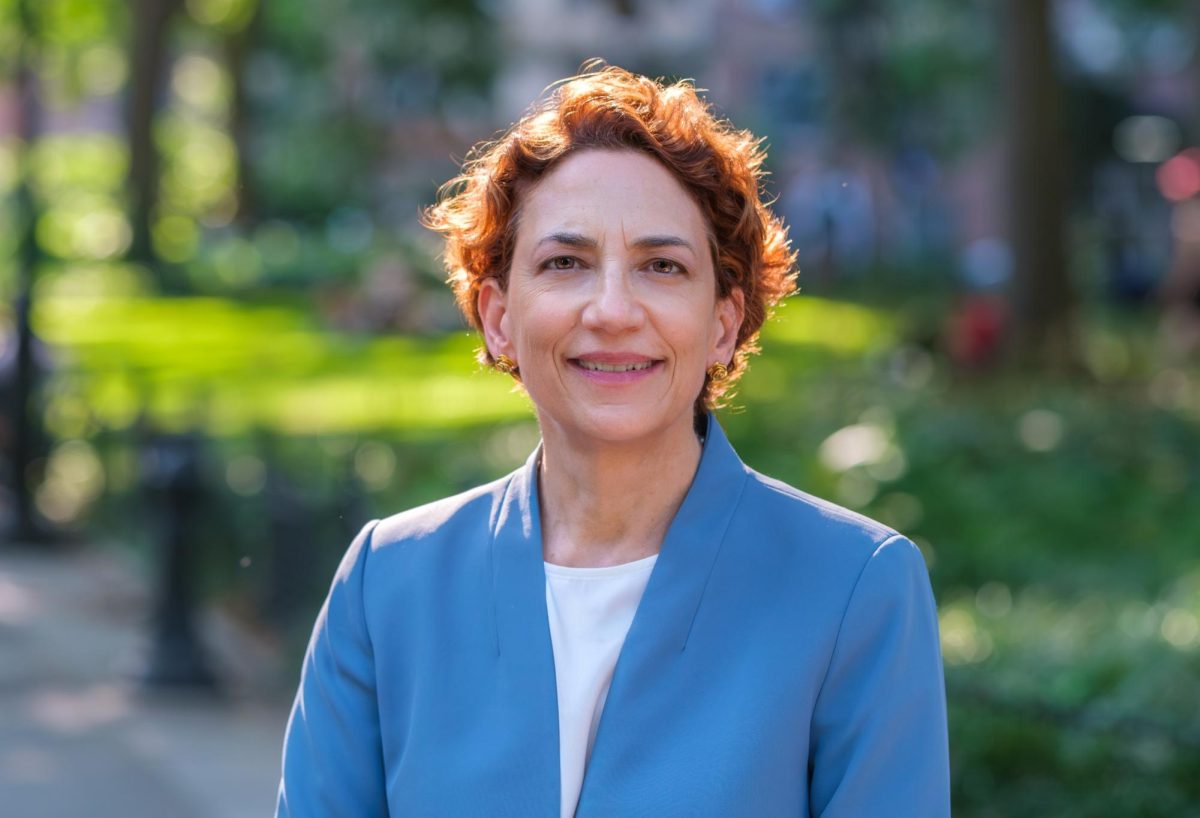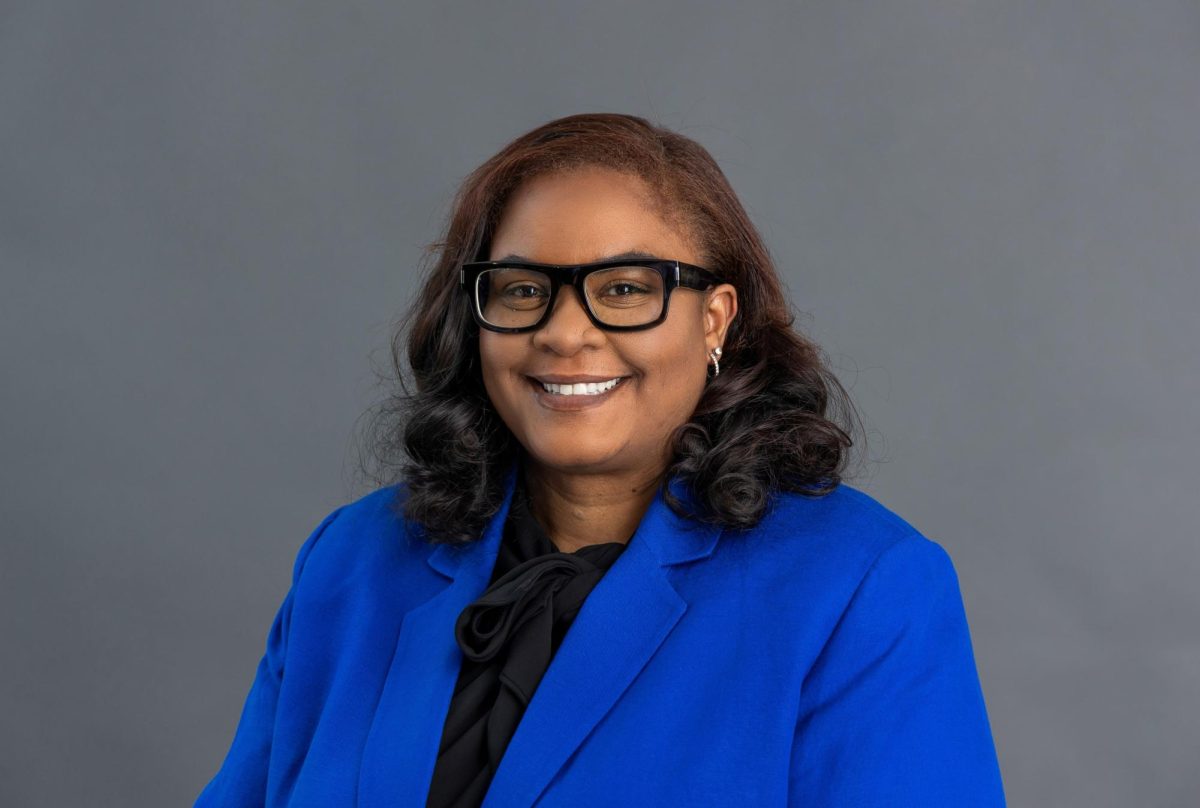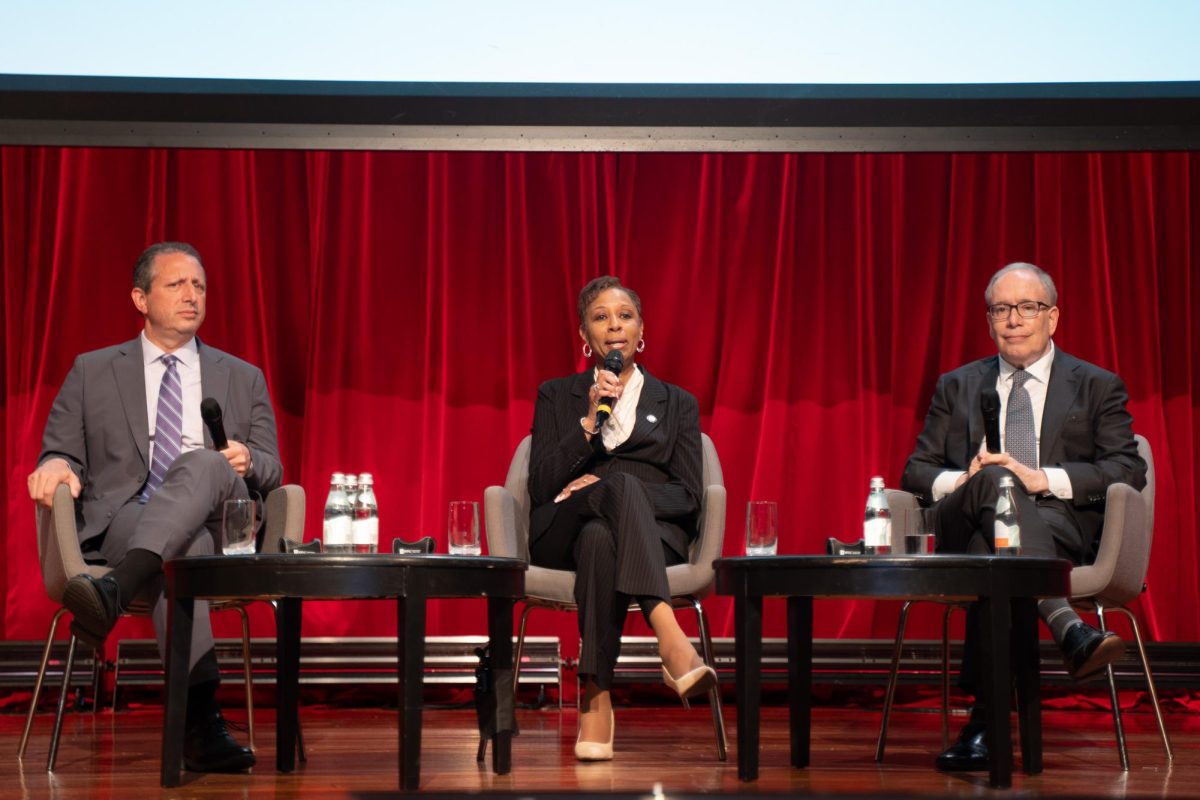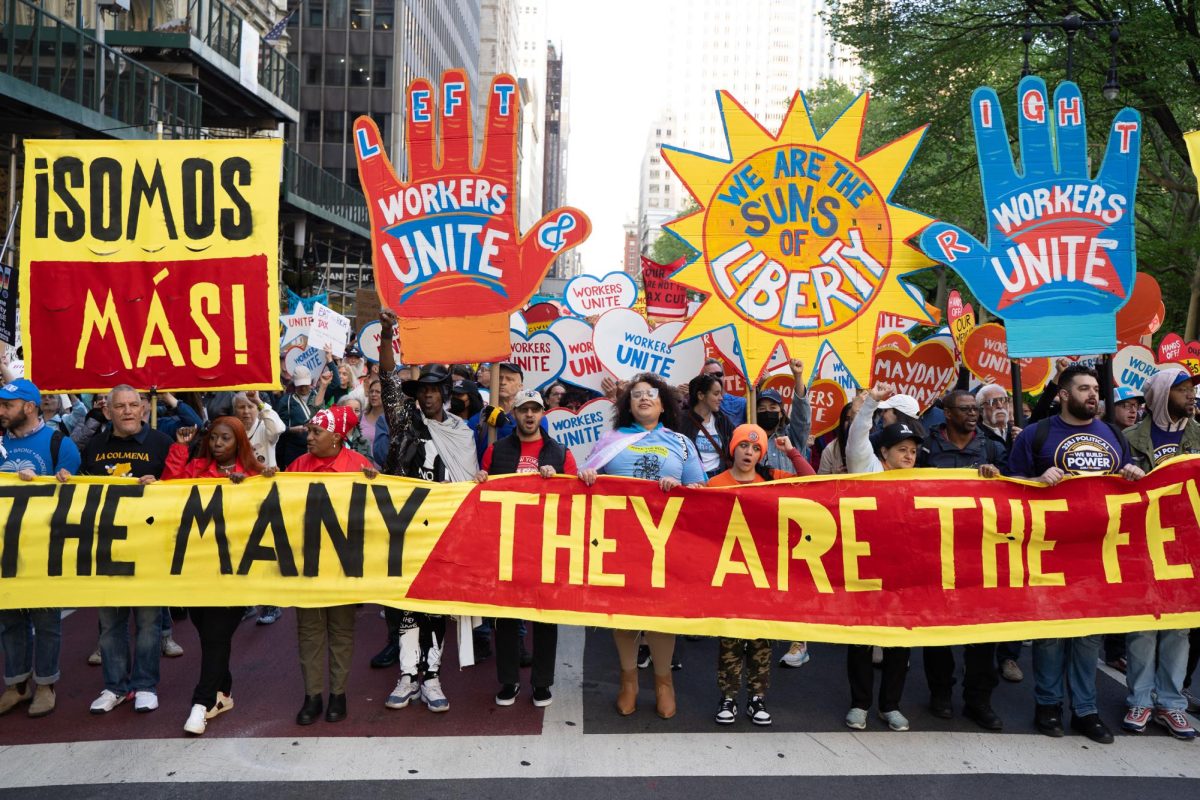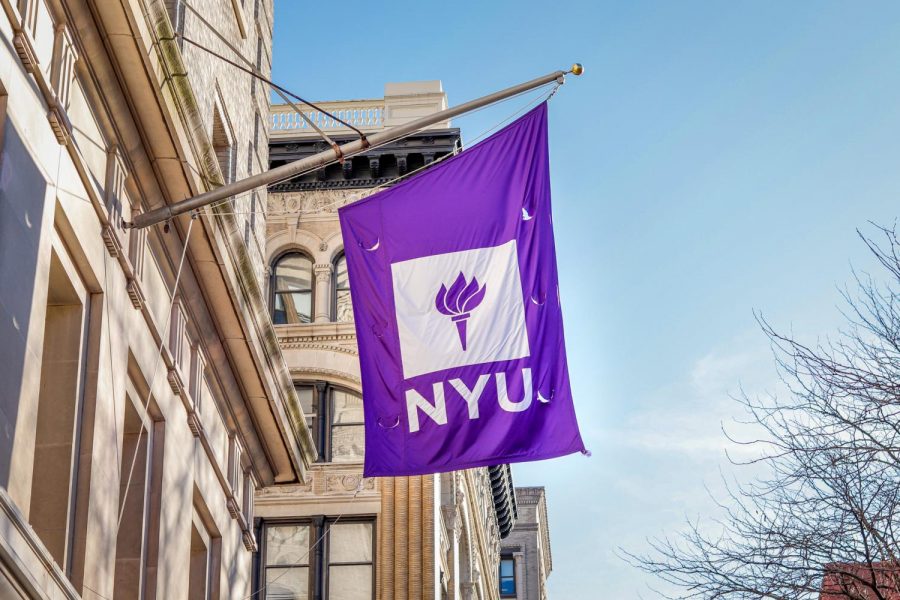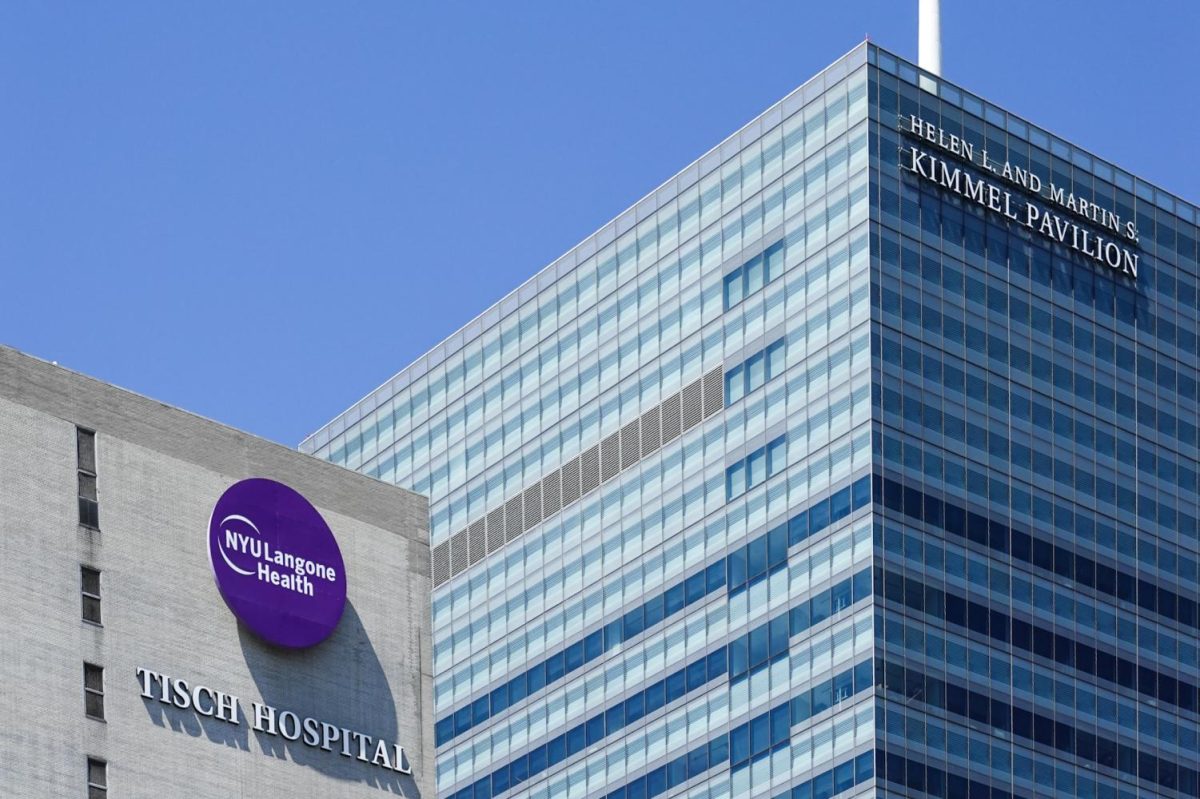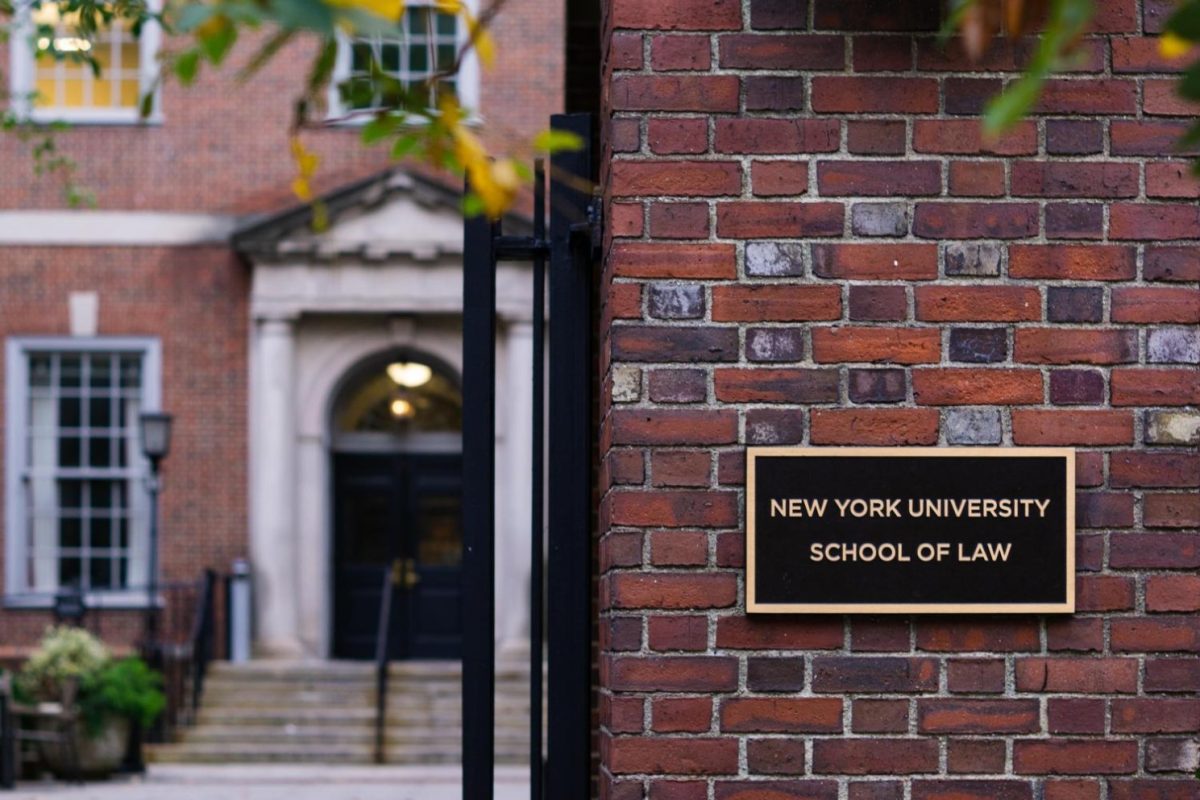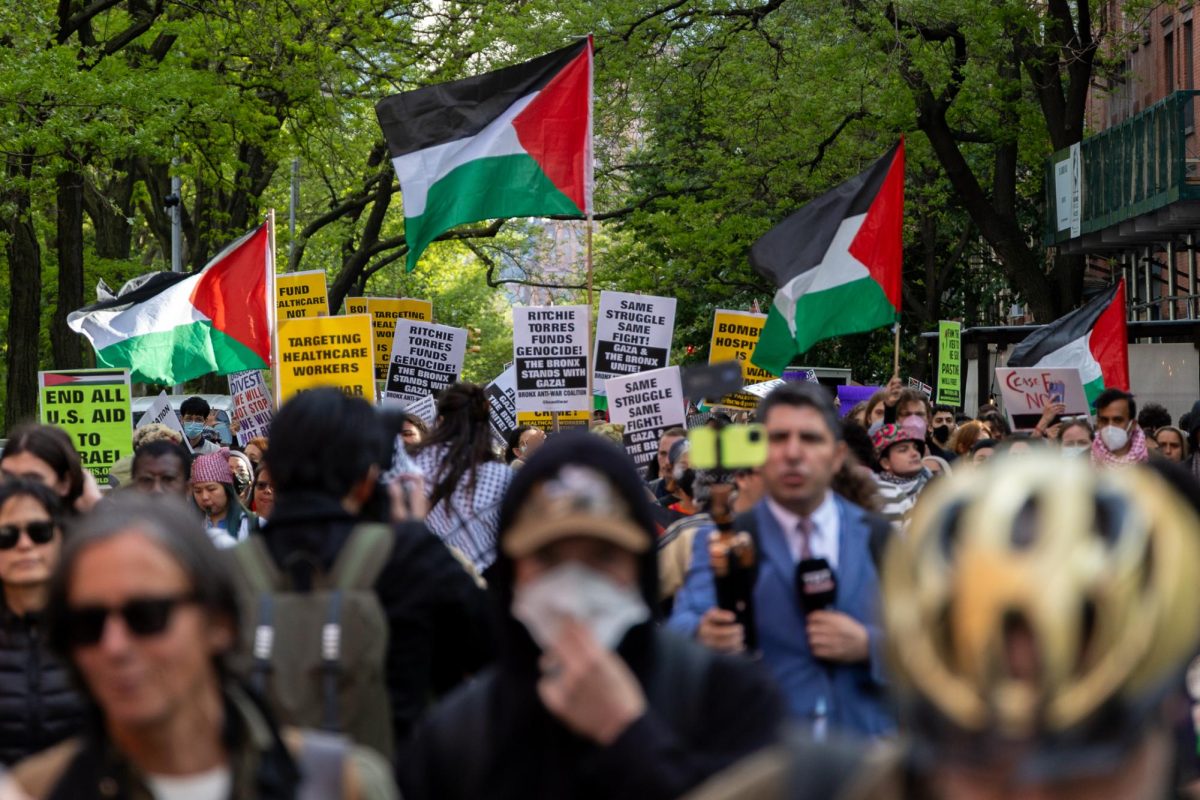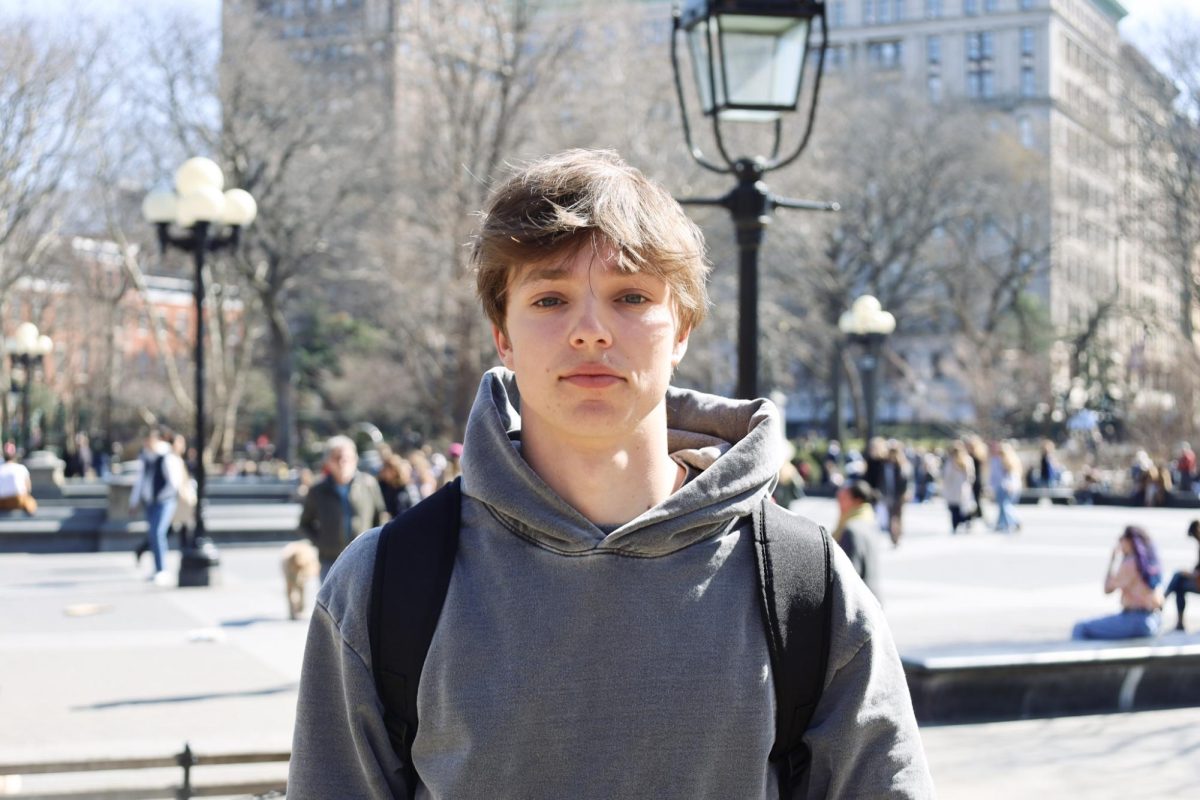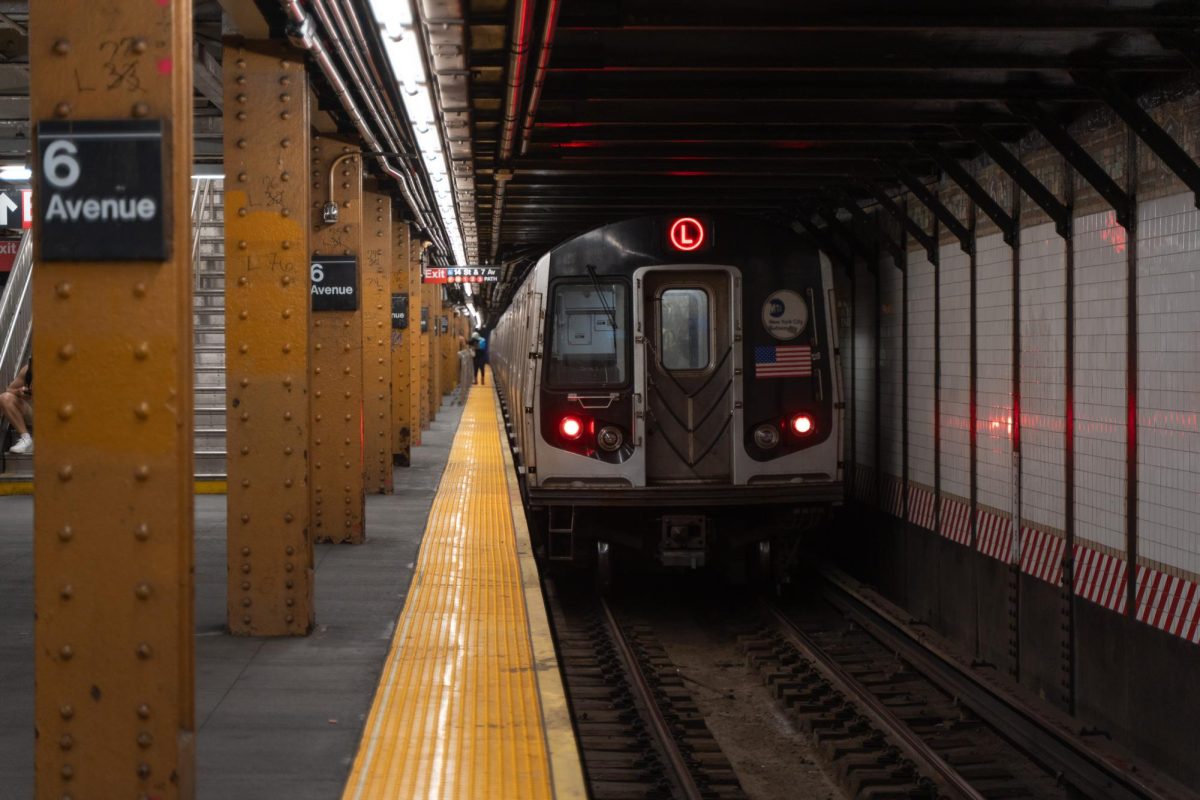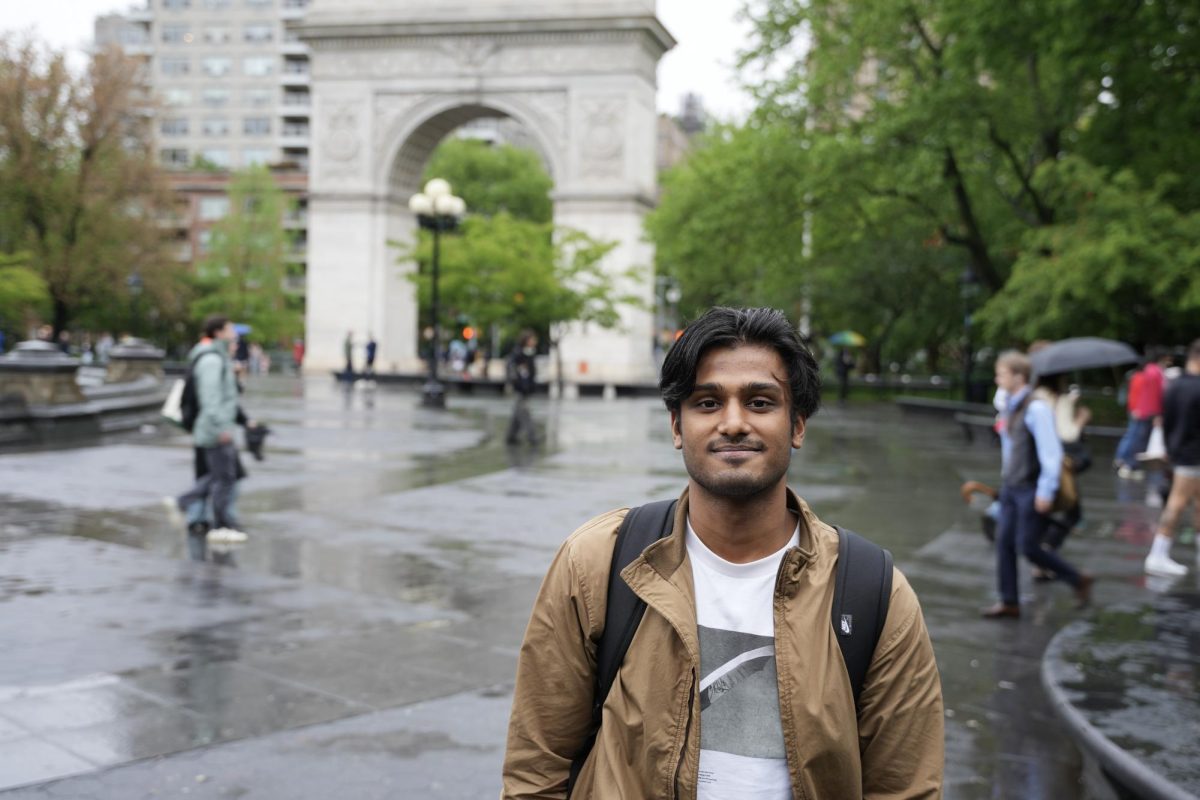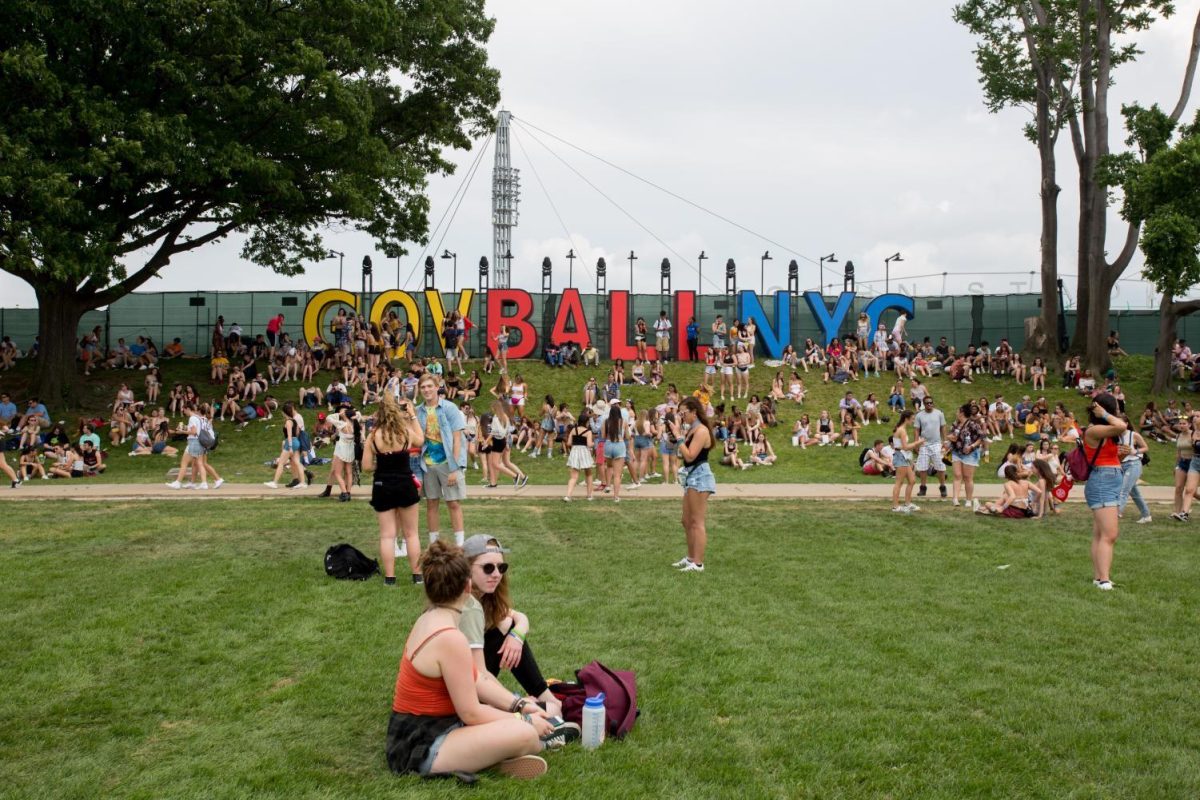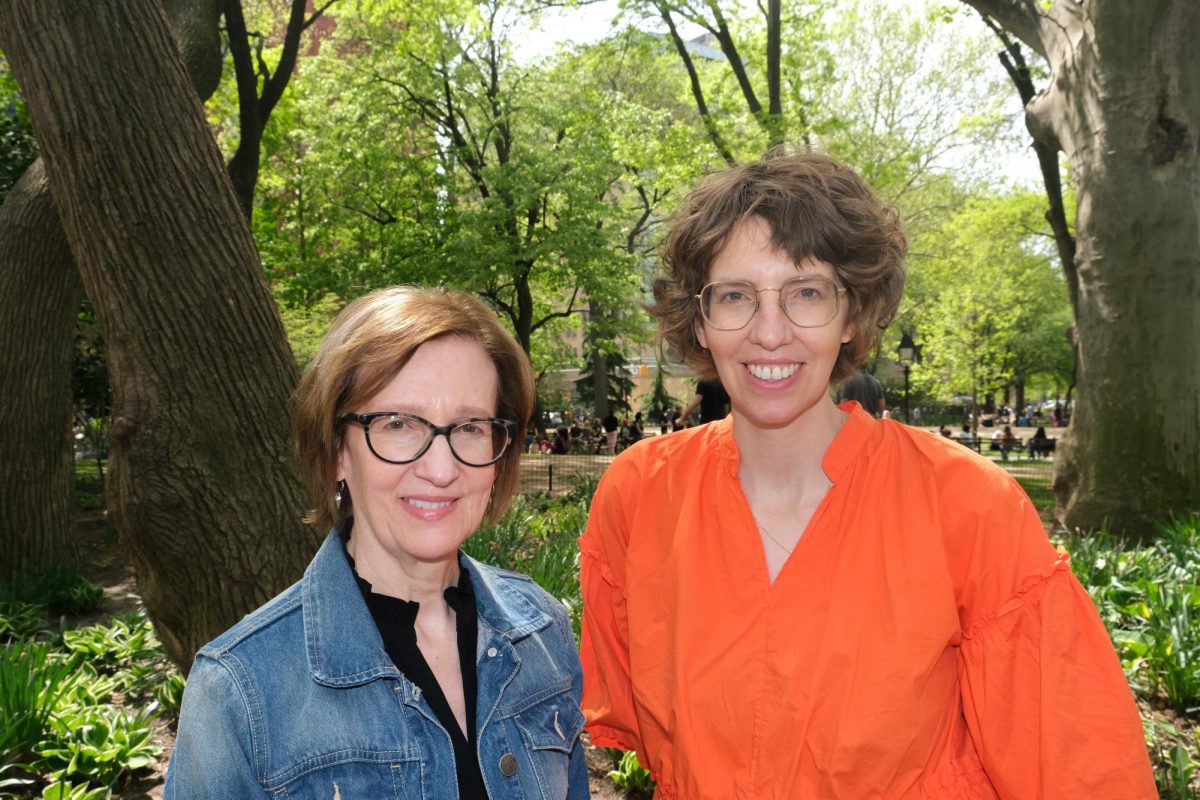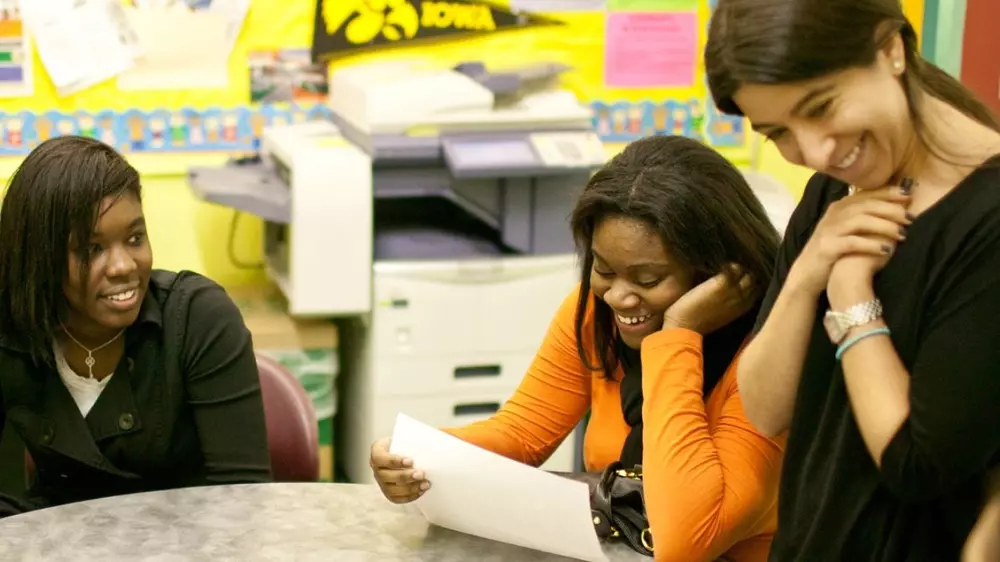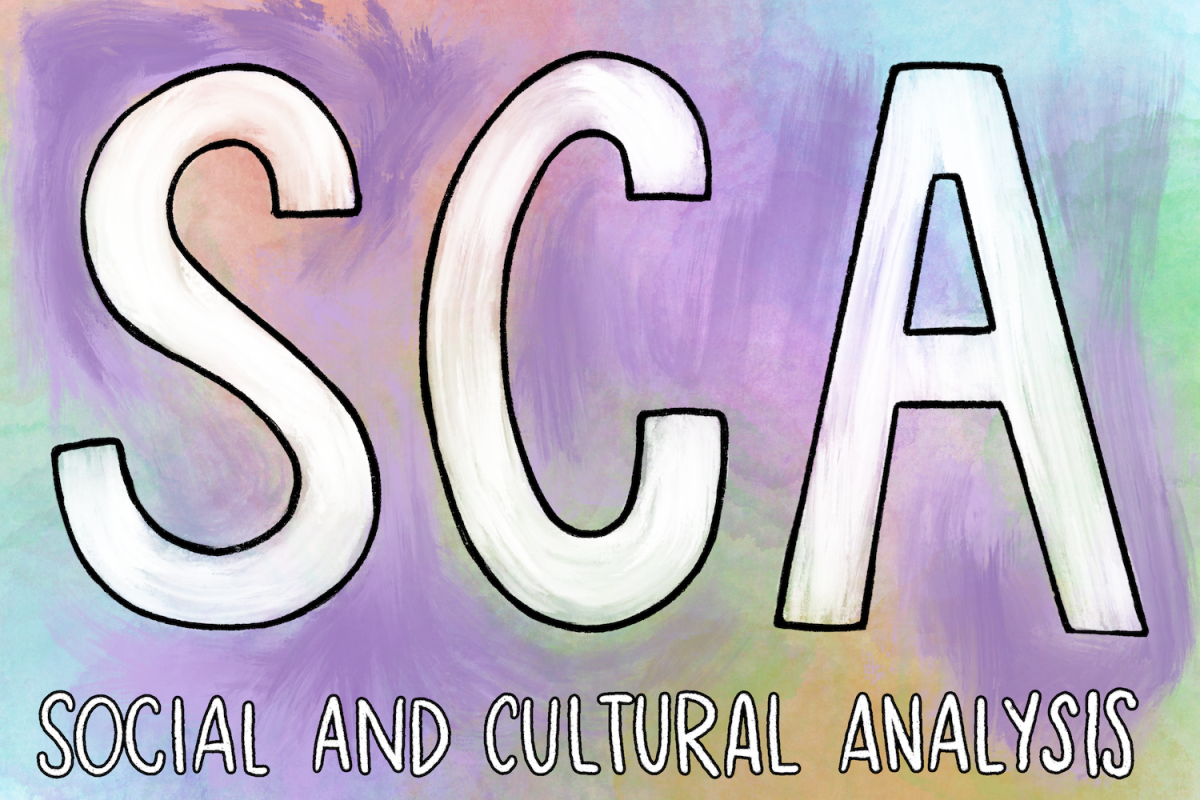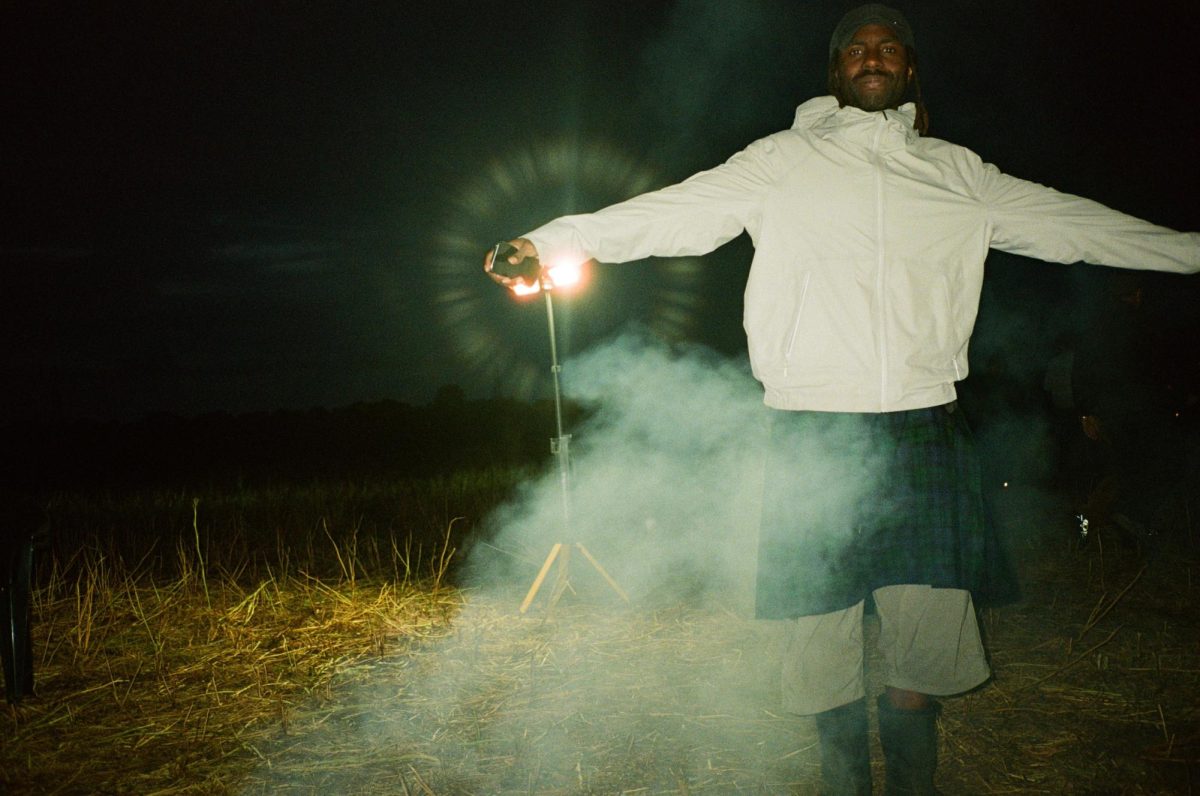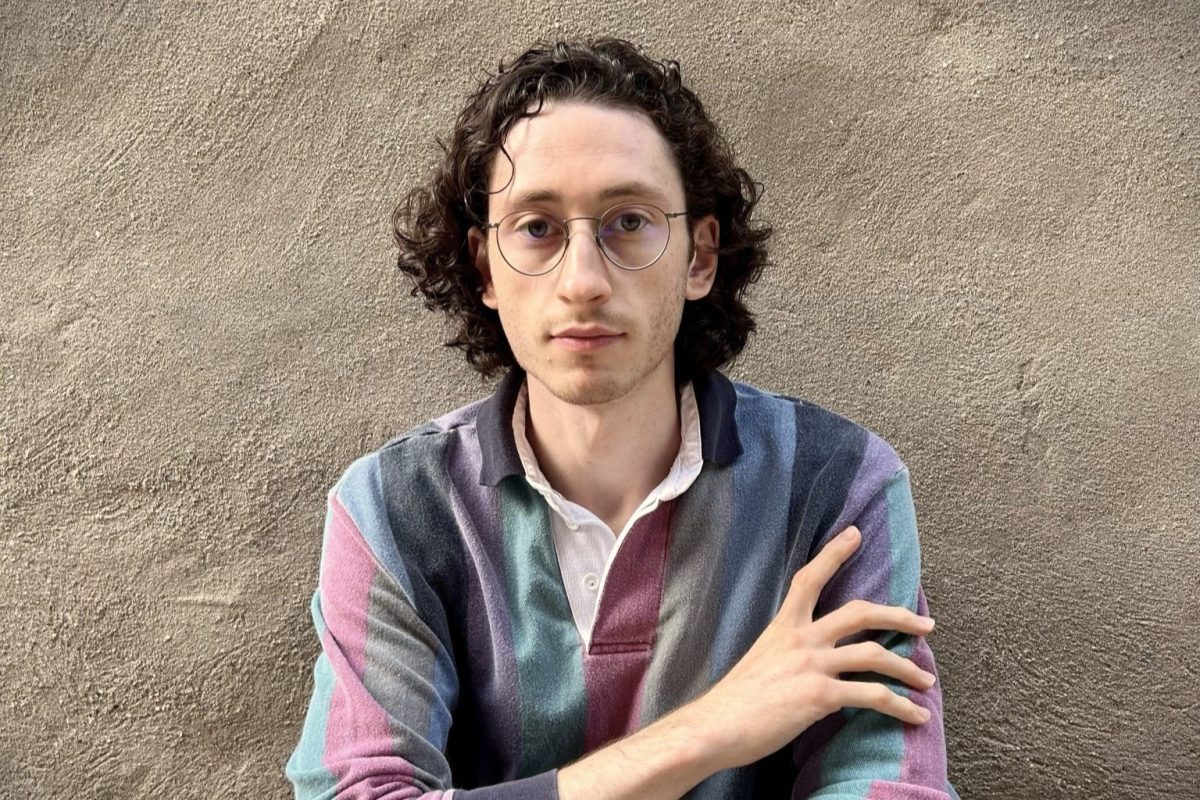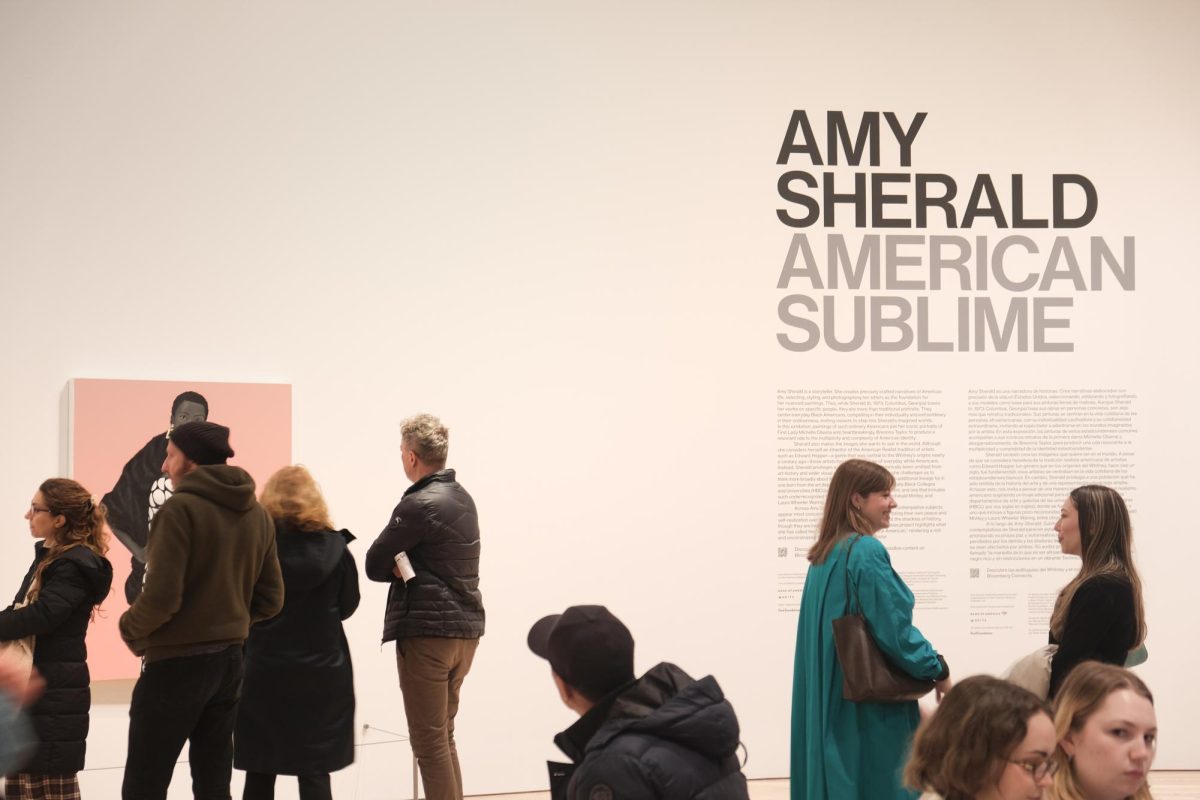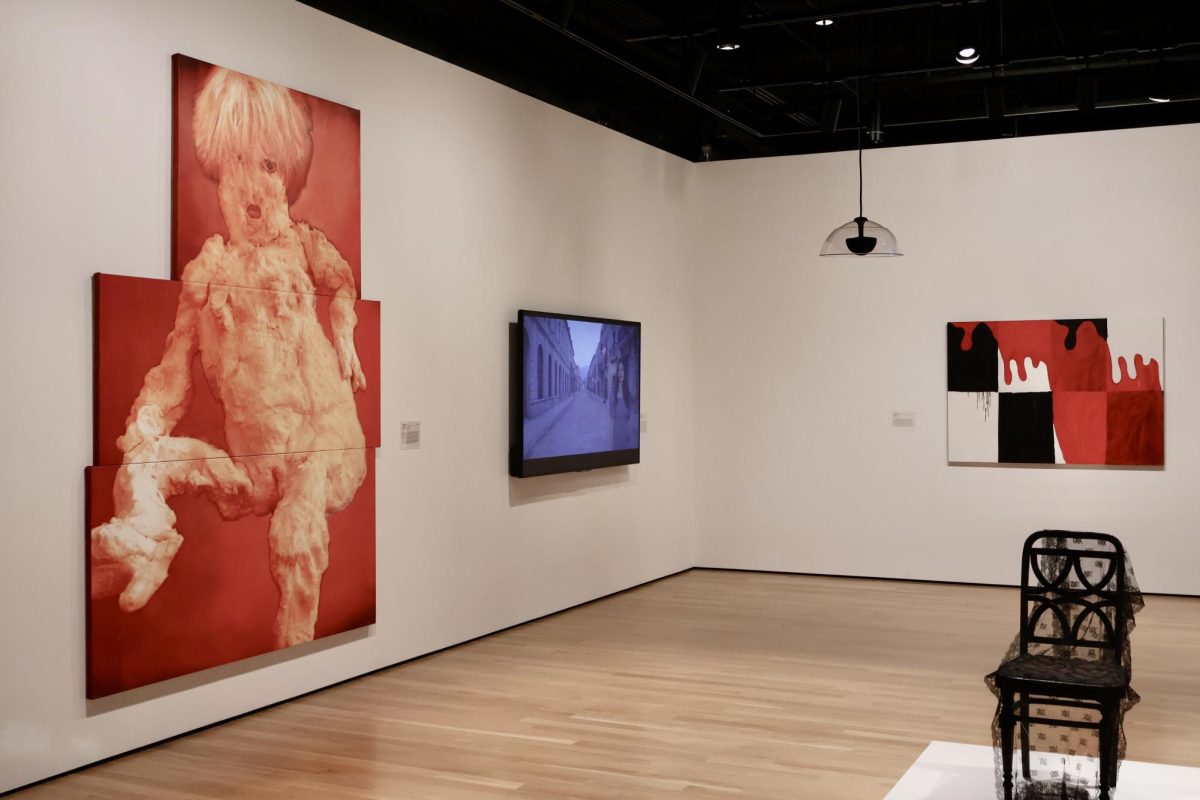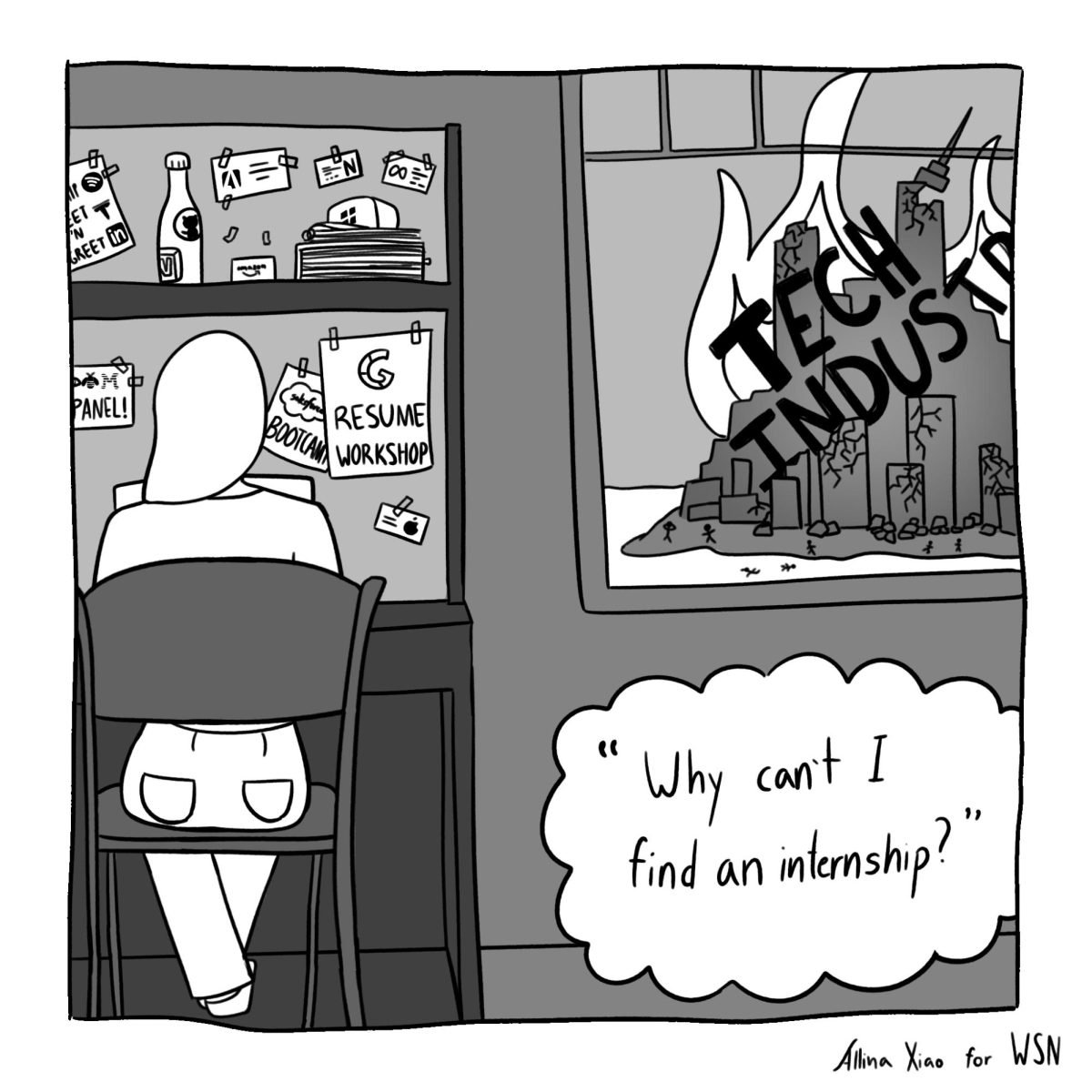NYU Public Safety Crime report reveals safer campus
February 12, 2013
 Graphic by Jacqueline Hsia/WSN
Graphic by Jacqueline Hsia/WSN
Living on a non-traditional campus in a major city may pose risks to NYU students, but records of crime on and off campus have proven otherwise.
Assistant director of Public Safety Jay Zwicker points out that NYU is located in one of the safest neighborhoods in one of the safest cities. The FBI has consistently rated New York City as one of the safest among major cities with a population over one million inhabitants.
The 2012-2013 NYU campus security report, which documents the specific crimes required by the Clery Act between 2009 and 2011, mirrors this statistic.
The Clery Act, a federal act passed in 1990, requires all universities to provide records of the numbers of murder and non-negligent manslaughter, negligent manslaughter, sex offenses (forcible or non-forcible), robbery, aggravated assault, burglary, motor vehicle theft, arson, hate crimes, arrests and referrals for disciplinary action.
Based on the report, the most frequent crime was burglary. Different from larceny and robbery, burglary involves an act of breaking and entering. Robberies are thefts involving a threat or an assault.
A total of 254 burglaries on and off campus were reported to Public Safety between 2009 and 2011. Even so, in 2011 there were half as many burglaries as in 2010, dropping from 104 to 53.
The current report does not include the crimes reported in 2012, as it was issued on Oct. 1, 2012, but past records are available online. In 2012, there were only 12 reported burglaries.
The most frequent crime overall is larceny, which is not included on the annual campus security report and is instead documented online in the open records of all reported crimes. The online record contains a more comprehensive list of crimes compared to the campus security report.
In the last year alone, 407 acts of larceny were reported to Public Safety, not including crimes reclassified as lost property that was recovered. These thefts have occurred in nearly every building on campus, but a few buildings stand out as major targets.
Kriser Dental Center is the number one location for crimes of larceny with 44 acts in 2012. Bobst Library is a close second with 42 acts. Palladium comes in third with 29, Tisch Hall in fourth with 22 and the Silver Center in fifth with 18.
Public Safety has recognized high propensity areas and has created a program to make students more aware of the threat of larceny. If the Public Safety officers notice unattended property, they place a card on it that says, “You’ve been tagged,” to notify the student that his property could have been stolen.
Zwicker also said that most of these crimes are determined to be internal, committed by people within the NYU community.
“Every now and then, we do have an external individual that we’ve determined through investigation to be responsible,” said Zwicker, “and we have been successful in some of those cases in identifying and actually detaining and having them arrested.”
Zwicker stressed the importance of ID cards. In situations where there have been external thefts, it is typically because the perpetrators have stolen an ID card and gained access into buildings that don’t also require a pin number.
At the same time, the recent international phenomenon known as “Applepicking,” the theft of Apple products, contributed to the high number of crimes of larceny in the past year. According to Zwicker, 27 percent of thefts affecting the NYU community were related to Apple products. The most recent evidence was last December when an NYU student stole multiple Apple products on five separate instances during finals week.
Another aspect of the campus security report is a record of the crimes reported at NYU’s global centers.
Burglary is again the most frequent crime on the report, but on a much smaller scale. The highest number of burglaries reported between 2009 and 2011 at all the global locations was five in 2010 at the NYU campus in Florence.
Zwicker attributed this drastic difference in the number of crimes to the varying sizes of each campus and number of students there. The global sites are much less dense than the Washington Square campus, with the largest number of students fluctuating between 400 and 450.
Given the ubiquitous presence of crime, Zwicker stresses the importance of knowledge. NYU Public Safety hosts orientations and programs for students to raise awareness of crimes in the city.
“Education is something that we really stress,” said Zwicker. “Each one of us has certain resonsibilities to ensure our own personal security.”
A version of this article appeared in the Tuesday, Feb. 12 print edition. Nicole Brown is investigative editor. Email her at [email protected].


